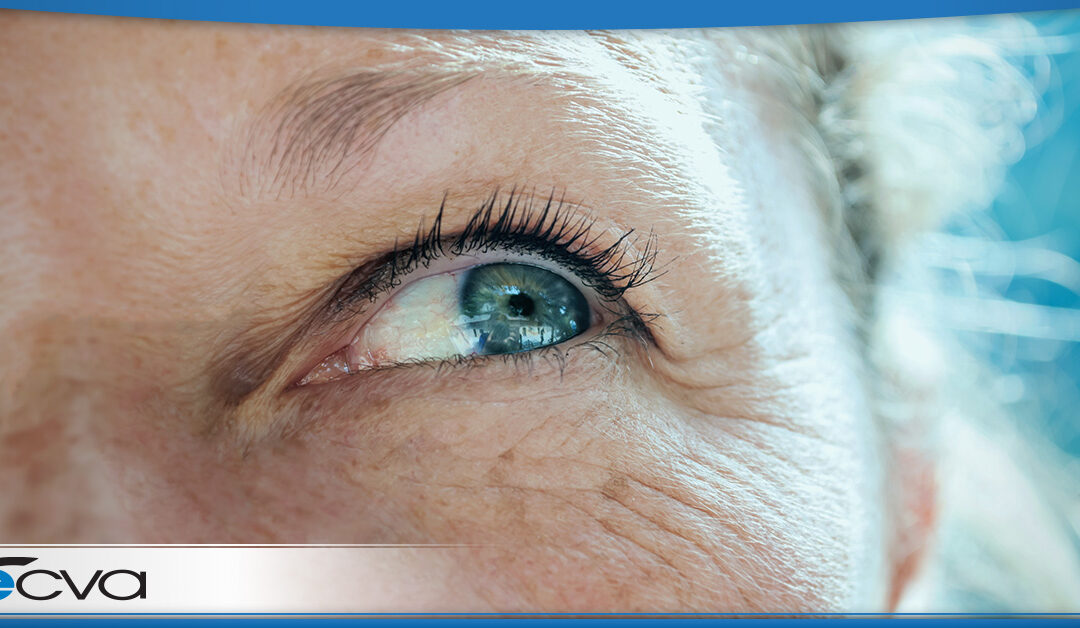
by ecvaeyeadminz | Feb 23, 2024 | Cataracts
Cataracts can significantly impact your vision, affecting daily activities and overall quality of life. For Southern Ontario residents considering cataract surgery, Buffalo, New York, offers a viable option for high-quality eye care. However, numerous questions may...

by ecvaeyeadminz | Feb 22, 2024 | Eye Health
Amblyopia, which is also colloquially referred to as lazy eye, is a condition that can impact people of all ages. While it’s more common in children, adults can develop it later in life for various reasons. Additionally, some people may have had lazy eye for...

by ecvaeyeadminz | Feb 8, 2024 | Eye Health
Macular degeneration is an eye condition that leads to visual distortions and potentially permanent central vision loss. Often, it’s a devastating diagnosis initially, but there are treatments available that can help preserve vision and slow further...




